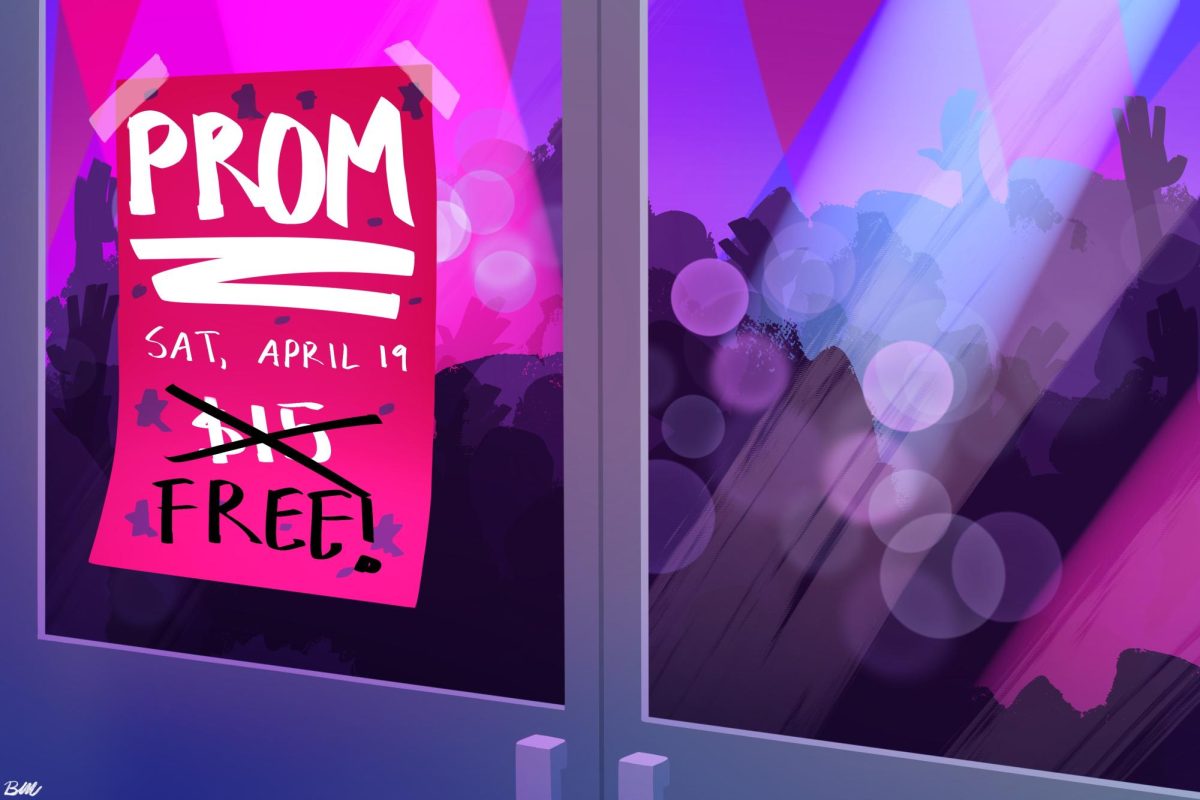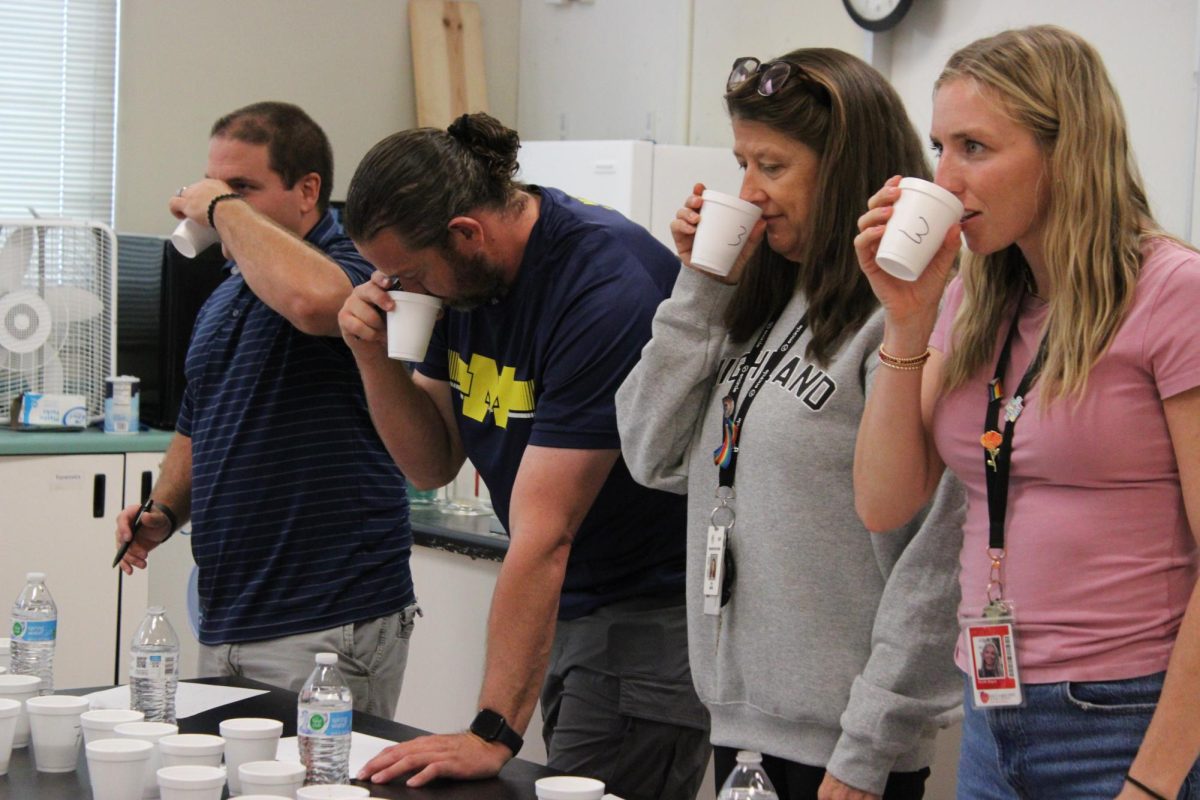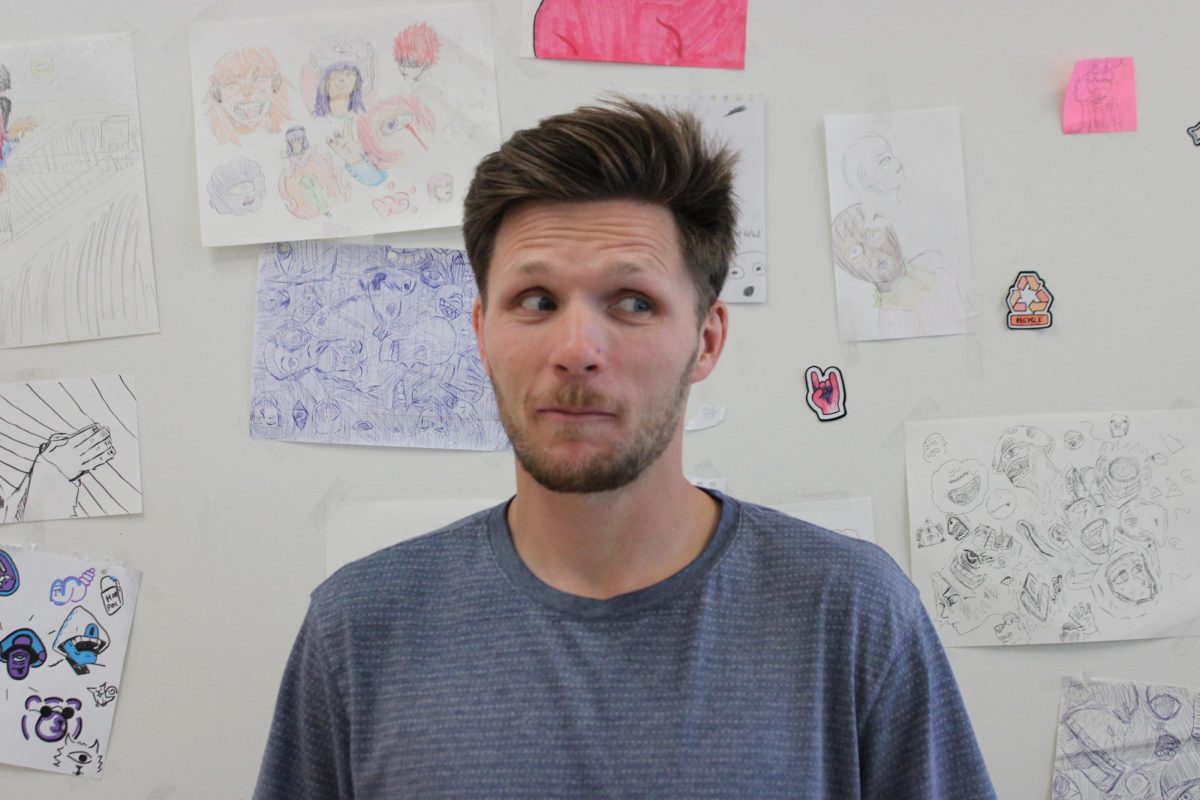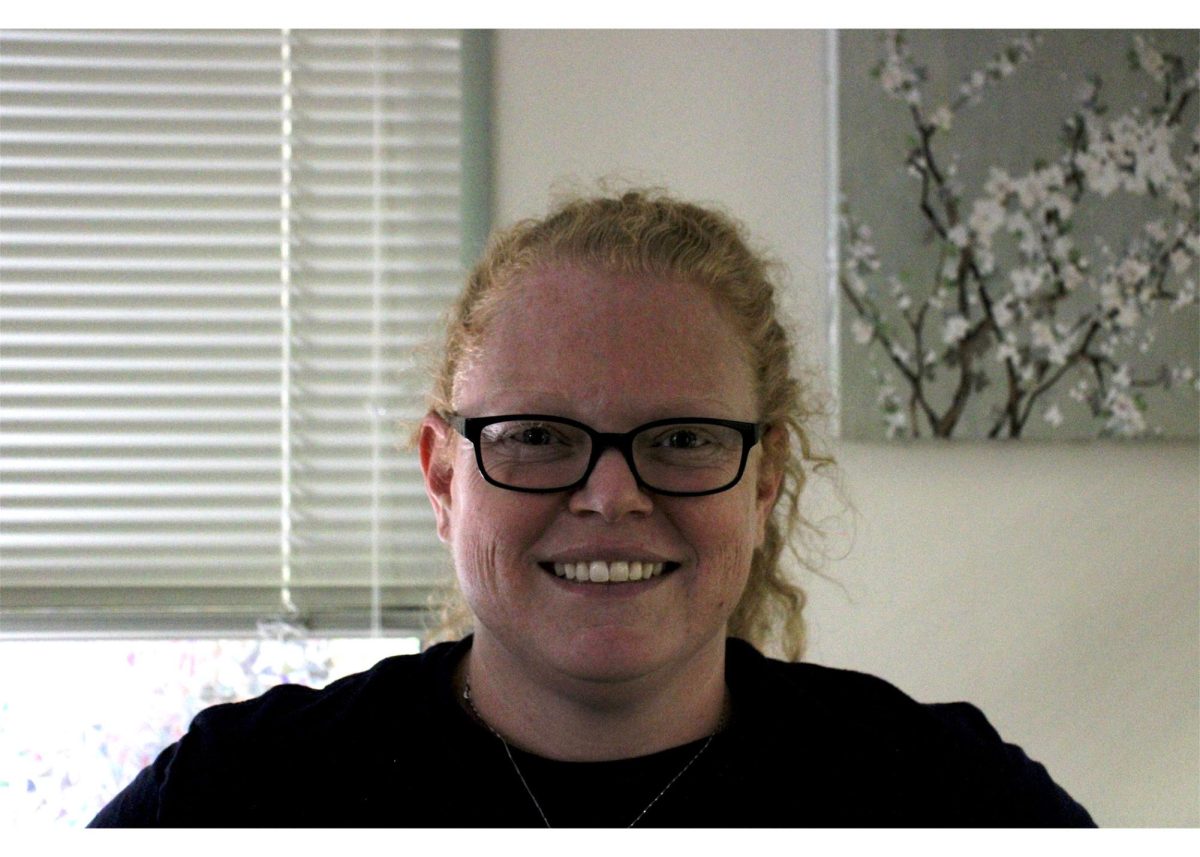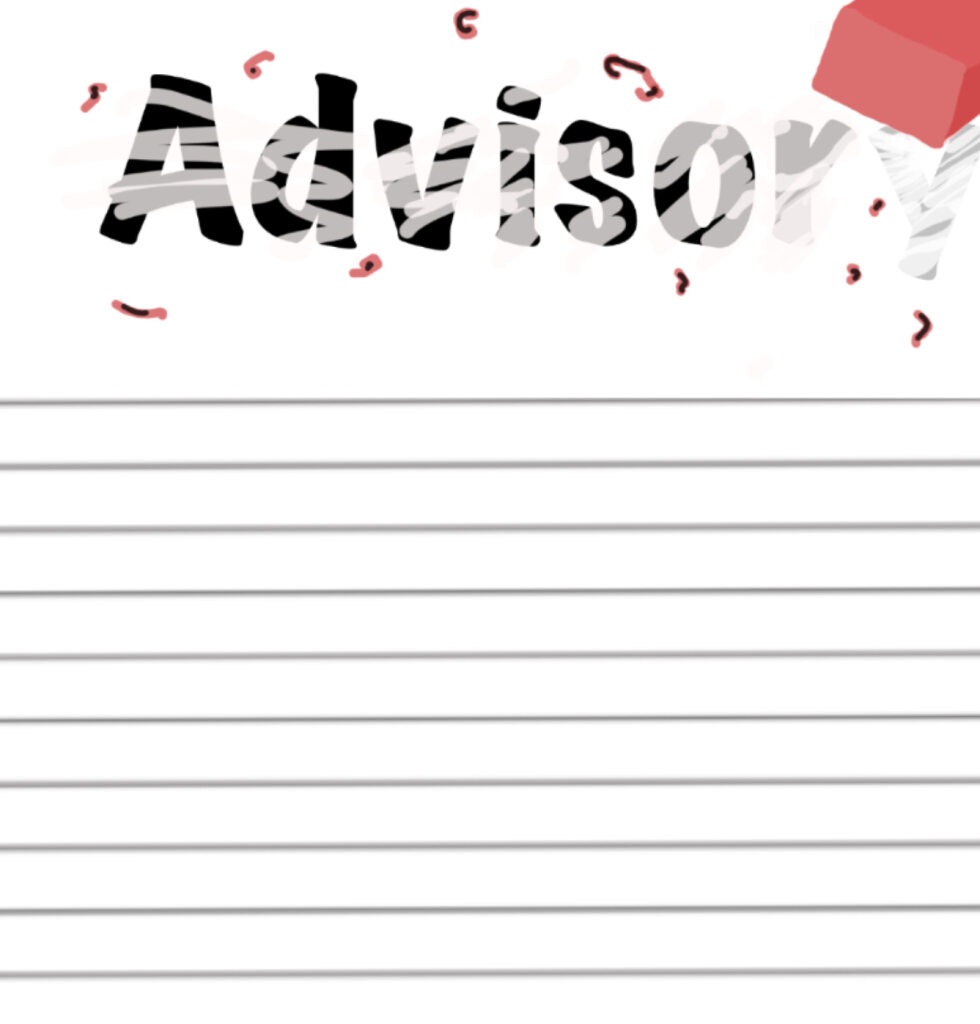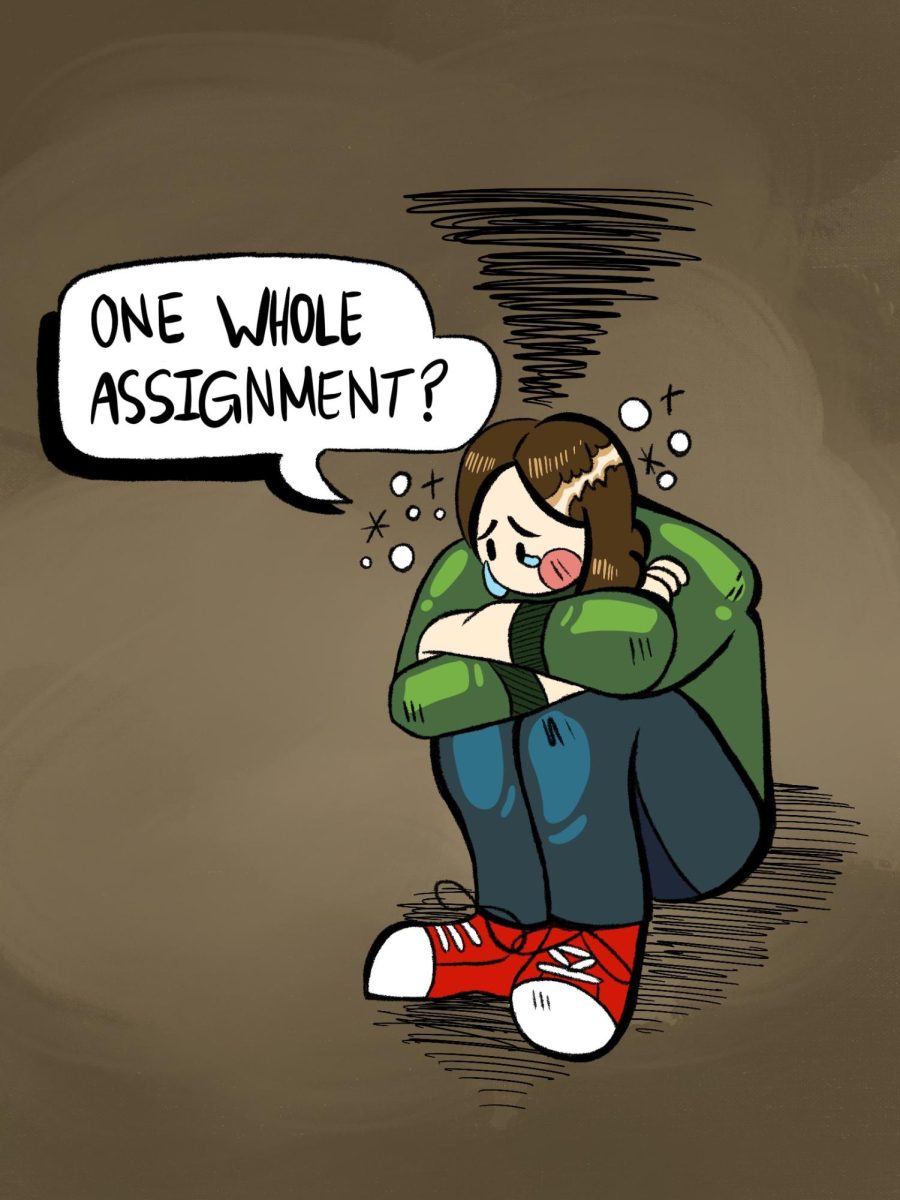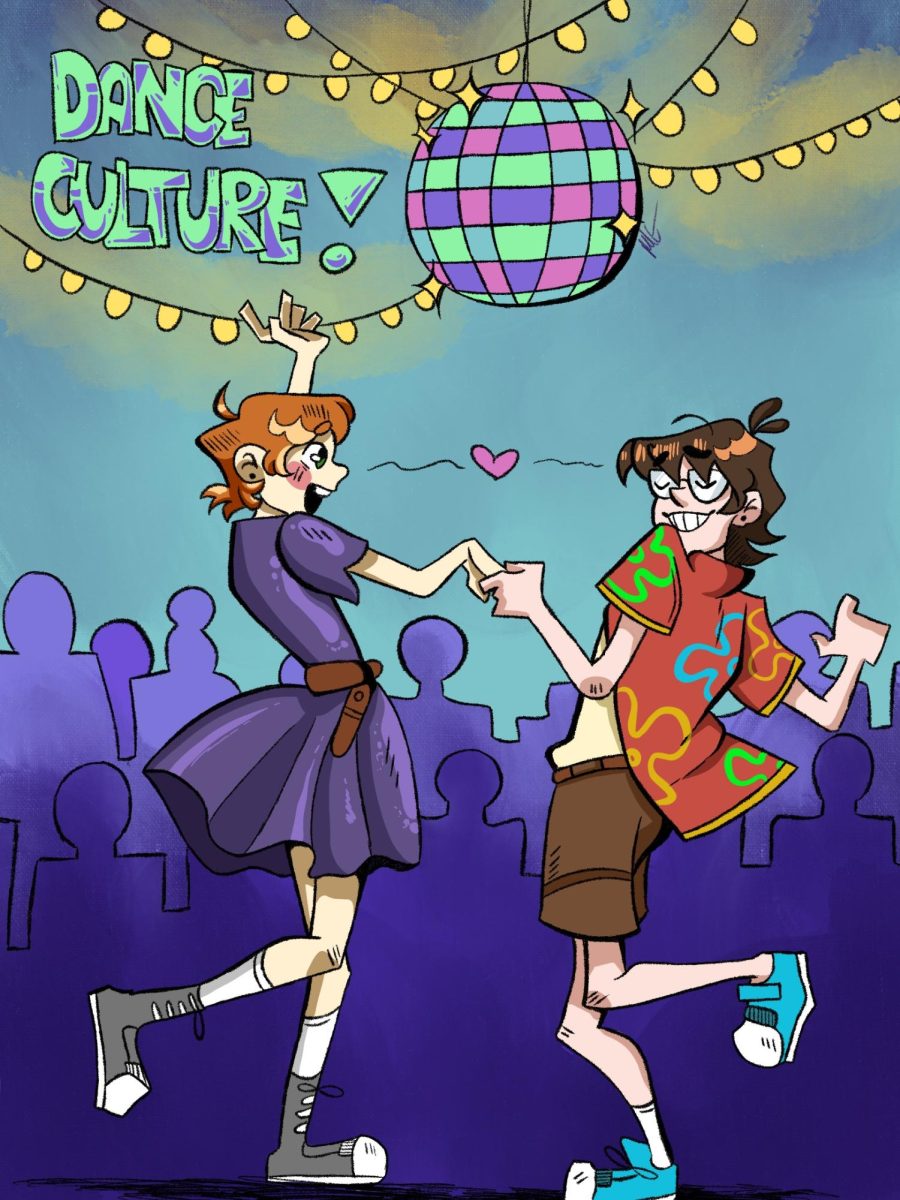“Excellence and Equity: every student, every classroom, every day.”
While this statement might not mean much to you, it is the Salt Lake City School District’s official vision statement, something it strives to achieve throughout the entire district.
On the surface, achieving this doesn’t seem too difficult, but when you dig deeper, it’s hard standard to reach every single day.
At Highland this year, there are a number of classes where there are too many students for teachers to be able to go around the classroom and give each student individual attention. When classes reach up to the high 30s and even into the 40s, it creates challenges for teachers to give their students that attention.
As a student, I know it’s a lot harder to ask questions when you’re in a class of 35-40 students. We’ve all been there when we have a question about something in class, but the teacher seems to always be busy with another student. And then when the bell rings, you either give up on asking your question, or you risk being late to your next class.
Having large classes is frustrating when students struggle to get the help they need. That’s why the SLCSD needs to prioritize smaller classes. By allowing class sizes to be so high, the district—and the state—are settling for mediocrity. Keeping class sizes high means the district is not following their vision statement. It means they’re not putting students first.
According to a report done by the University of Utah, in 2021, the teacher-student ratio in Utah was 22.4 to 1, which was the highest in the country. The average was 15.4 to 1. Is it any wonder why Utah struggles to keep up with other states in academic achievement? Also, Utah is among the leaders in teacher burnout rates in the nation – class sizes being one of the reasons often cited.
With smaller classes, teachers would be able to help students more effectively. Test scores would rise, teachers would be happier, and academics in Utah would improve all around.
At Highland, the school gets a new teacher for every additional 35 students. For the past few years, the school received Covid relief funding which allowed them to hire an extra teacher. But this year, Highland is no longer receiving that money. This means that the student-teacher ratio is even higher. It’s difficult for teachers to split their attention in 35 different directions… not to mention grading that many essays and assignments.
All teachers want is to help their students succeed. When they’re given 35 students in one class, that means teachers can’t give students their best effort.
The classes that are some of the largest are the freshman and sophomore classes. These are the classes where students need the most attention from their teachers. In both 9th and 10th grade math classes, the things students learn are the building blocks for higher math classes, like calculus or statistics. When students at those levels don’t learn the material well, it’s setting them up to struggle in the future.
The same thing goes for language arts classes. Teachers could give more detailed feedback on essays and assignments if their classes were smaller. When teachers have classes of 35 plus students, they don’t have enough time to give the same level of attention to their students.
When the district says that that it wants its students to achieve excellence in the classroom every day, making the standard for class sizes in the upper 30s is not honoring that. Class sizes need to go down so students can get the attention they need to achieve success.
Size Matters In Classes Or Schools Suffer
Naomi Parnell, Associate Editor
November 5, 2024
0
More to Discover



